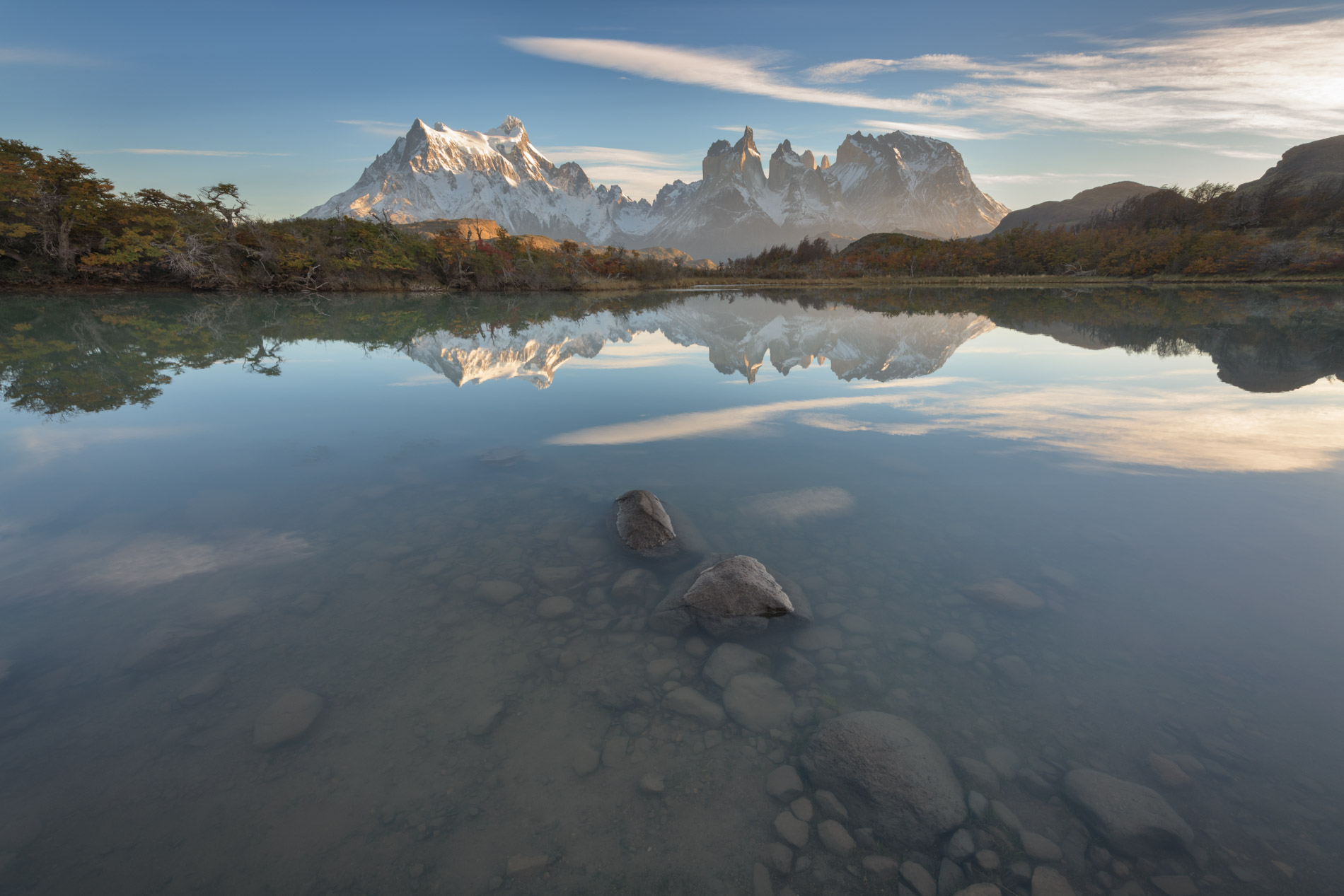Rovinj, Omis and Dubrovnik, Croatia
Travel highlights from picturesque Adriatic Coast
15 May 2020 by Andrey Omelyanchuk
As a travel photographer, my work takes me around the world. I have always been fascinated by the world and its cultures and I am grateful that I have a profession that allows me to explore far-flung destinations around the globe. Although I am continually looking for new places to explore, there are a few places that always pull me back for another visit. Croatia is one of those places.
My first trip to Croatia was several years ago. At the time, the brutal conflict of the 1990s was fresh in my mind and the mental picture I had of the country at that time was formed by the images from news reports of that war. But the country that I found was a far cry from a conflict zone. Ruled for nearly a millennium by various foreign powers, Croatia is a colorful hybrid of cultures. Not surprisingly, Croatia is deeply Mediterranean in its sensibilities, particularly the farther south you go along its famously beautiful coastline. Long the province of the Venetians, the influence of Italy is strong in Croatia, in everything from its architecture to its food. The Habsburgs left their mark as well, particularly in the surpassingly lovely and elegant capital city of Zagreb. But this is also, depending on whom you ask, Eastern Europe, and half a century of Communism imprinted itself in ways both large and small.
Croatia is a curiously shaped country that appears designed to block Bosnia-Herzegovina’s view of the Adriatic. Aside from a narrow bit of the aforementioned country that juts out into Croatia toward the sea, much of the country is a long sliver of coastline and a smattering of islands. Though you would miss some of Croatia’s most beautiful places, including Zagreb and Plitvice Lakes, a languorous drive along the Adriatic coast is one of the world’s truly great travel experiences. And while the country is becoming increasingly popular with tourists, the resort towns along the Adriatic are generally far less populated with travelers than their counterparts in Italy and Greece.
My own travels along the Adriatic coast began in Rovinj, arguably the most picturesque seafront town on Croatia’s Istrian peninsula. Seen from the sea, Rovinj appears to sit squarely on the water, its bell tower rising magisterially over the old town. It is a curious place where the Italian influence is strongest and where some locals still speak Istriot, a descendant of Romance languages and only spoken by a few hundred people, all of whom live on the peninsula.

Rovinj Skyline, Istria, Croatia
In the heart of Rovinj is Marsala Tita Square, named for Josip Broz Tito, who ruled the former Yugoslavia from World War II until 1980. There are, I am certain, many central plazas in the Balkans named for Tito, but I cannot imagine that there is one any lovelier than the one in Rovinj. After a day of wandering Rovinj’s twisting streets, I found a cool spot under the shade of a café’s umbrella and proceeded to watch the locals go about their day.

Marsala Tita Square, Rovinj, Croatia
Croatia has more than 3,000 miles of coastline, and the most famous stretch is Dalmatia, an ancient region in the southernmost part of the country. The region, which is older than the country itself, is justifiably famous for its spectacular, largely untouched nature, especially its beaches. A person could spend years exploring this beautifully jagged rim of the Adriatic and still have only skimmed the surface.
Many travelers to Dalmatia head for the biggest (and most well-known) cities in the region—Split, Hvar, and Dubrovnik. I spent time exploring those cities as well, but I also wanted to explore some of the smaller, lesser-known towns and cities. I began in Omis, a port town which is cleaved by the Cetina River. The river, which is gentle enough for swimming at some points, breaks through the craggy mountains of the region and eventually becomes a more treacherous waterway. It is difficult to imagine this today, viewing the serene little city from a hillside overlooking the gorge, but Omis was once home to fearsome pirates who darted in and out of the Cetina to attack trade ships at sea, then retreated back up the river, where the larger ships could not follow. Looking at the city’s geography from my vantage point above the river, it seems to be a place designed for such mercenary activities, but viewed at sunset through my camera lens, I only saw beauty.

Omis and Cetina River, Dalmatia, Croatia
Perched on an estuary, Omis is a city defined and shaped by water. Water activities, such as boating and rafting, are popular pastimes with visitors as well as locals. But I was content to remain on terra firma, wandering the city’s streets and climbing its vertiginous peaks. I was struck by the scale of the peaks surrounding Omis and liked photographing them as a backdrop for the city, its hotels and brightly painted boats tiny in comparison.

City of Omis and Cetina River, Croatia
Like virtually all travelers to Croatia, I eventually made my way to Dubrovnik. In recent years, the city has struggled with its growing popularity as a tourist destination. When cruise ships dock in the ancient walled city, thousands disembark to explore a city never meant for such throngs. But even with its crowds, Dubrovnik is a must-see.

Dubrovnik City Walls and Towers, Dubrovnik, Croatia
Dubrovnik’s Old Town is spectacular. Surrounded by the brilliant blue of the Adriatic, a striking contrast against the bleached white of its walls, the Old Town is beautiful from any view. From the water, it is easy to see something of the city’s faded grandeur, traces of its history as a major maritime power. But it is equally lovely when viewed from above, from its famous walls that surround the Old Town or from a perch high atop Mount Srd. The Old Town is famous for its red-tiled roofs, which are even more striking against the glittering water of the Adriatic. Long known as the Pearl of the Adriatic, Dubrovnik does not disappoint.

Aerial View of Dubrovnik from the City Walls, Dubrovnik, Croatia
My work takes me around the world, and I love the excitement of discovering new places. But the charms of Croatia will never grow old for me. It pulls me back again and again.
View Croatia galleryTags
Category
Related Posts
Login Required: Please login or create an account to post comments.



